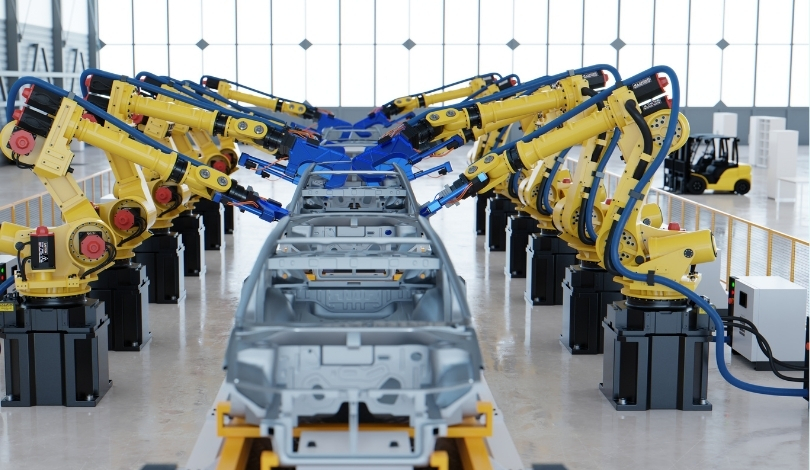With wildfires posing increasing challenges globally, technology startups have shifted focus towards innovative intervention tools. Seneca, a California-based company, recently introduced its autonomous fire suppression drones powered by artificial intelligence after working under the radar. These drone systems, designed for rapid response and immediate deployment, can be hand-carried, transported in utility vehicles, or stationed for remote launches. The growing popularity of unmanned aerial vehicles highlights new possibilities in disaster management and fire prevention, ensuring that vulnerable communities can receive support before fires escalate out of control.
Several drone-based wildfire solutions have emerged over recent years, drawing attention to their real-world application and limitations. While developers such as Rain and Sikorsky have focused on autonomous helicopters for water drops, other startups explore robotics and teleoperation for broader forest management. Previous efforts, such as those by Kodama Systems and now-defunct Robotics 88, reveal ongoing experimentation with automated approaches to mitigate wildfire risk. Unlike some predecessors, Seneca’s early collaboration with fire agencies and field demonstrations reflect a strategic move to meet firefighter needs and rapidly operationalize its technology.
How Is Seneca Innovating Fire Suppression Efforts?
Seneca centers its product around AI-driven aerial systems that detect and suppress fires during their initial stages. Working with fire departments in four states, the company claims to offer tools capable of extending firefighter effectiveness in challenging environments. Collaborative efforts with leaders like Chief Dan Munsey and Chief Shepley Schroth-Cary have informed system development from early prototypes to field-ready versions. Seneca’s advisory board consists of experienced individuals in fire management, further embedding operational understanding into product design.
What Funding Is Powering Seneca’s Deployment Timeline?
A recent funding round brought Seneca $60 million from notable investors such as Caffeinated Capital and Convective Capital, among others. This capital injection will be directed at refining drone capabilities, scaling production, and preparing for operational rollout by the 2026 fire season. Emphasizing the value of adaptability and feedback, Seneca highlights the iterative nature of its development process, focusing on enhancements like targeting accuracy and payload increases based on field insights.
“The best part of building over the last year has been to watch the product evolve — targeting accuracy improvements, payload increases, safety enhancements, usability upgrades — and to see firefighters react to new features with each generation,” Seneca stated.
What Challenges Do Startups Face in the Wildfire Technology Sector?
The wildfire technology market remains tough for startups, with many dependent on government funding and vulnerable to shifting public policies. Companies like Robotics 88 achieved recognition for innovative drone surveying but encountered sustainability issues that led to closure. The open-sourcing of such companies’ intellectual property may assist future wildfire prevention efforts. Despite these obstacles, Seneca aims to bridge the sector’s reliability gap by focusing on robust product development and close end-user engagement.
“Our team’s collaboration with firefighters ensures that the systems we deliver make an immediate impact where they are needed most,” remarked Seneca.
Emerging fire suppression solutions increasingly leverage autonomy, data, and AI to address the complexity and urgency of wildfire events. Compared to other companies that have concentrated solely on containment or forest management, Seneca distinguishes itself by positioning its products for rapid, direct engagement of active fires. Decision-makers evaluating new technology for wildfire response should examine how operational integration, reliability, and field feedback inform product deployment. As climate concerns and wildfire costs continue to grow, the evolution and adoption of these technologies will likely shape emergency management strategies. Stakeholders may consider partnerships and pilot programs that test such systems in real-world conditions, harnessing technology’s potential to provide earlier intervention and minimize risks to lives and property.










